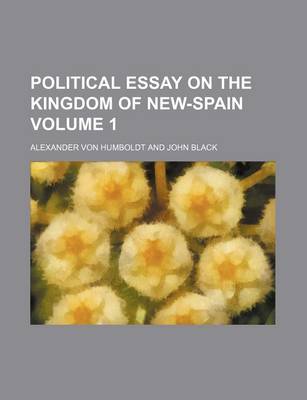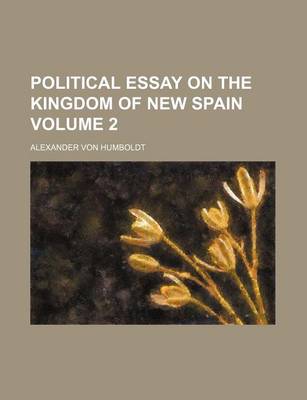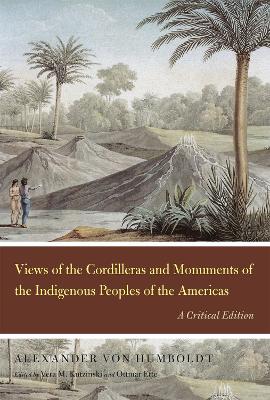Alexander von Humboldt in English
3 total works
Political Essay on the Kingdom of New-Spain Volume 1
by Alexander von Humboldt
Published 12 January 2010
The acclaimed Prussian naturalist Alexander von Humboldt (1769-1859) was referred to by Charles Darwin as 'the greatest scientific traveller who ever lived'. Several of his works were in the library aboard the Beagle, including the multi-volume Personal Narrative of Travels, two books on geology and Tableaux de la nature (all reissued in the Cambridge Library Collection). Darwin's copy of this two-volume 1811 New York edition of Humboldt's Political Essay (originally published in French earlier that year) is inscribed 'Buenos Ayres', suggesting he acquired it there in 1832-3, without its accompanying atlas (forthcoming). Humboldt had spent a year in Mexico in 1803-4, and was struck by its 'civilization' as compared to regions of South America that he had visited earlier on his expedition. Volume 1 of his account contains a 'geographical introduction' and discussions of physical geography, agriculture, and the ethnic diversity, distribution and health of the population.
Political Essay on the Kingdom of New Spain Volume 2
by Alexander von Humboldt
Published 7 March 2010
The acclaimed Prussian naturalist Alexander von Humboldt (1769-1859) was referred to by Charles Darwin as 'the greatest scientific traveller who ever lived'. Several of his works were in the library aboard the Beagle, including the multi-volume Personal Narrative of Travels, two books on geology and Tableaux de la nature (all reissued in the Cambridge Library Collection). Darwin's copy of this two-volume 1811 New York edition of Humboldt's Political Essay (originally published in French earlier that year) is inscribed 'Buenos Ayres', suggesting he acquired it there in 1832-3, without its accompanying atlas (forthcoming). Humboldt had spent a year in Mexico in 1803-4, and was struck by its 'civilization' as compared to regions of South America that he had visited earlier on his expedition. Volume 2 of his account contains information about the population, language and key features of each district of Mexico, and about the country's agriculture.
Views of the Cordilleras and Monuments of the Indigenous Peoples of the Americas
by Alexander von Humboldt
Published 1 January 2013
In 1799, Alexander von Humboldt and Aime Bonpland set out to determine whether the Orinoco River connected with the Amazon. But what started as a trip to investigate a relatively minor geographical controversy became the basis of a five-year exploration throughout South America, Mexico, and Cuba. The discoveries amassed were staggering, and much of today's knowledge of tropical zoology, botany, geography, and geology can be traced back to von Humboldt's numerous records of these expeditions. One of these accounts, "Views of the Cordilleras and Monuments of the Indigenous Peoples of the Americas", firmly established von Humboldt as the founder of Mesoamerican studies. In Views of the Cordilleras, von Humboldt weaves together drawings and detailed texts to achieve multifaceted views of cultures and landscapes across the Americas. In doing so, he offers an alternative perspective on the New World, combating presumptions of its belatedness and inferiority by arguing that the "old" and the "new" world are of the same geological age.
This critical edition contains a new, unabridged English translation of von Humboldt's French text, as well as annotations, a bibliography, and all sixty-nine plates from the original edition.
This critical edition contains a new, unabridged English translation of von Humboldt's French text, as well as annotations, a bibliography, and all sixty-nine plates from the original edition.


